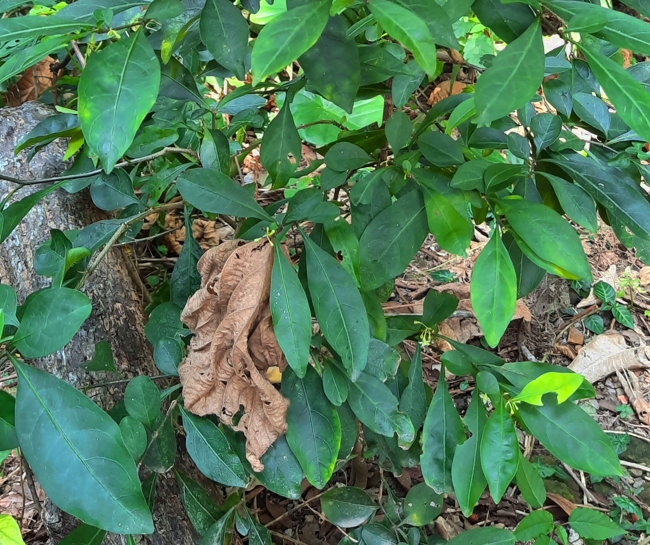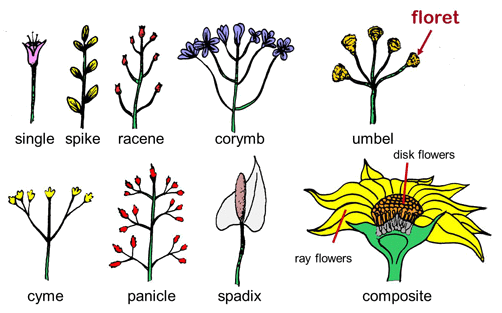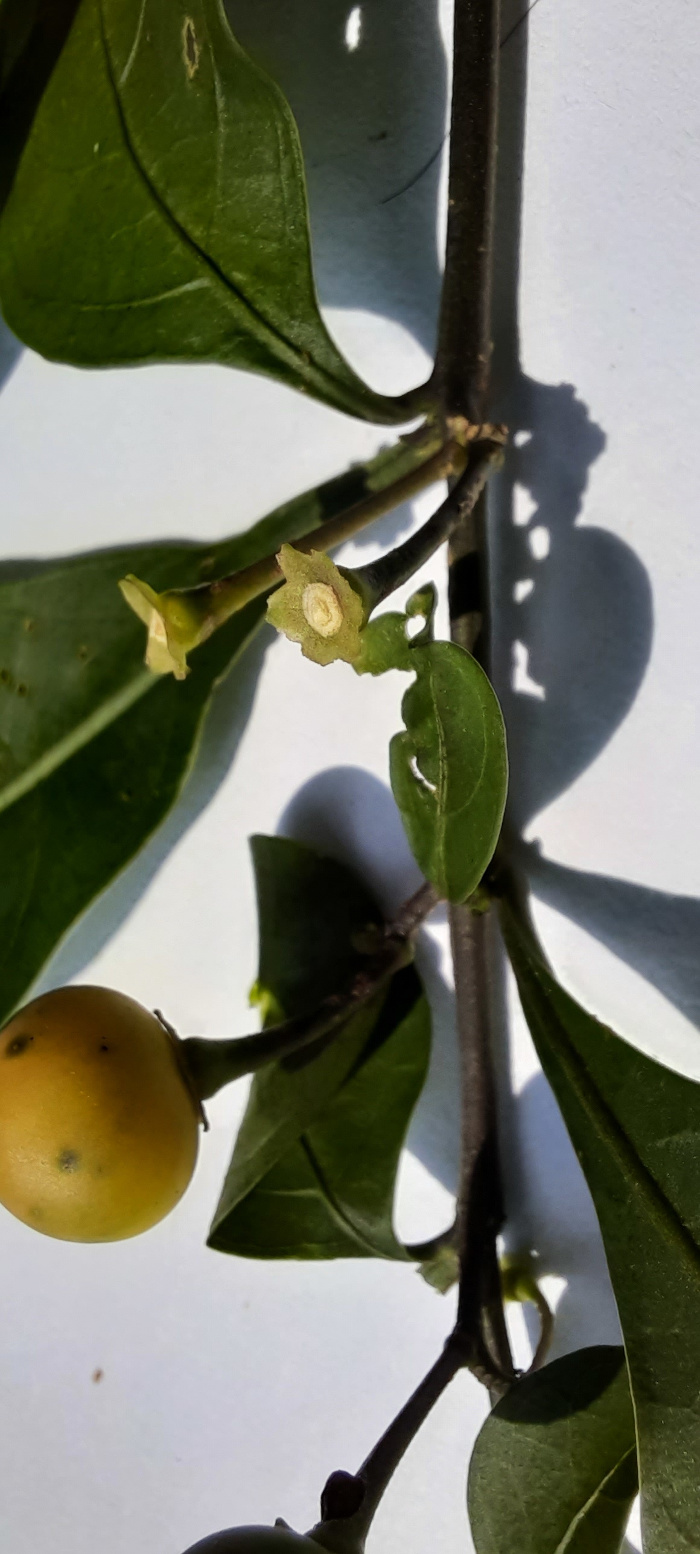I’ve found these small shrubs all over Taipei, mostly in parks and areas disturbed by people. They seem to fill the gaps wherever they can, though they can be crowded out in wilder areas where the more quickly growing local plants take over.

They otherwise seem hardy, needing only partial sunlight. Growing rigid deep green leaves in pairs gives them their name twoleaf, which is the same as their scientific name of diphyllum, with di meaning two and phyllum meaning leaf in Greek. You can see in the photo below how two leaves have grown from the same point, with one smaller than the other. It leaves me wondering if this is normal to have one runt? (pun intended)

Coming back to the word phyllum, there is also phylum, which is likewise derived from Greek. The etymology of these words gets complicated quickly, as Latin is derived from Greek, so there’s overlap and sometimes confusion between the terms and meanings. You can read more about scientific naming and it’s history here in this brief introduction.
These little shrubs, with their scraggly tangle of wiry twigs and branches can be easily missed when not fruiting. The fruits start off hard, and with time will turn a bright yellow, softening up and darkening. Though technically a part of the same family as tomatoes (Solonaceae), they are not edible, and contain toxic alkaloids. Many plants in the Solanaceae family, like belladonna and mandrake, have historical associations with witchcraft and magic, and of course, Harry Potter in the case of the latter.

In looking up alkaloids, I found they are what’s referred to as a secondary metabolite, of which phenolics and terpenoids are two others. A metabolite is, as you would expect, something used within a metabolism to break down food, chemicals or tissue. In plants, a secondary metabolite could be anything which doesn’t directly help the struture or growth. Things like defense mechanisms, or attracting insects for pollination, would be included.
Alkaloids themselves are built around what’s known as a heterocyclic ring, which is a structure of two or more elements. In this case the ring is made from nitrogen and carbon, with the position of the former being an indicator of whether it’s an alkaloid or not. A few places I came across indicated that the line between a ring structure which contains nitrogen and one which is an alkaloid is a bit fuzzy. Below as an example of such a ring structure.

The inflorescences, or cluster of flowers on a branch, which gives rise to the fruits may be similar to the raceme, or perhaps the panicle classification, as shown in the chart below.

You can see in the following image how they come off the stem in the same location. It’s hard to tell exactly which classification they fall under.

Whatever the classification might be, the berries from this little shrub are quite hardy, and able to survive and sprout years after being buried. This is may be one reason they’ve spread so easily from their native habitat.